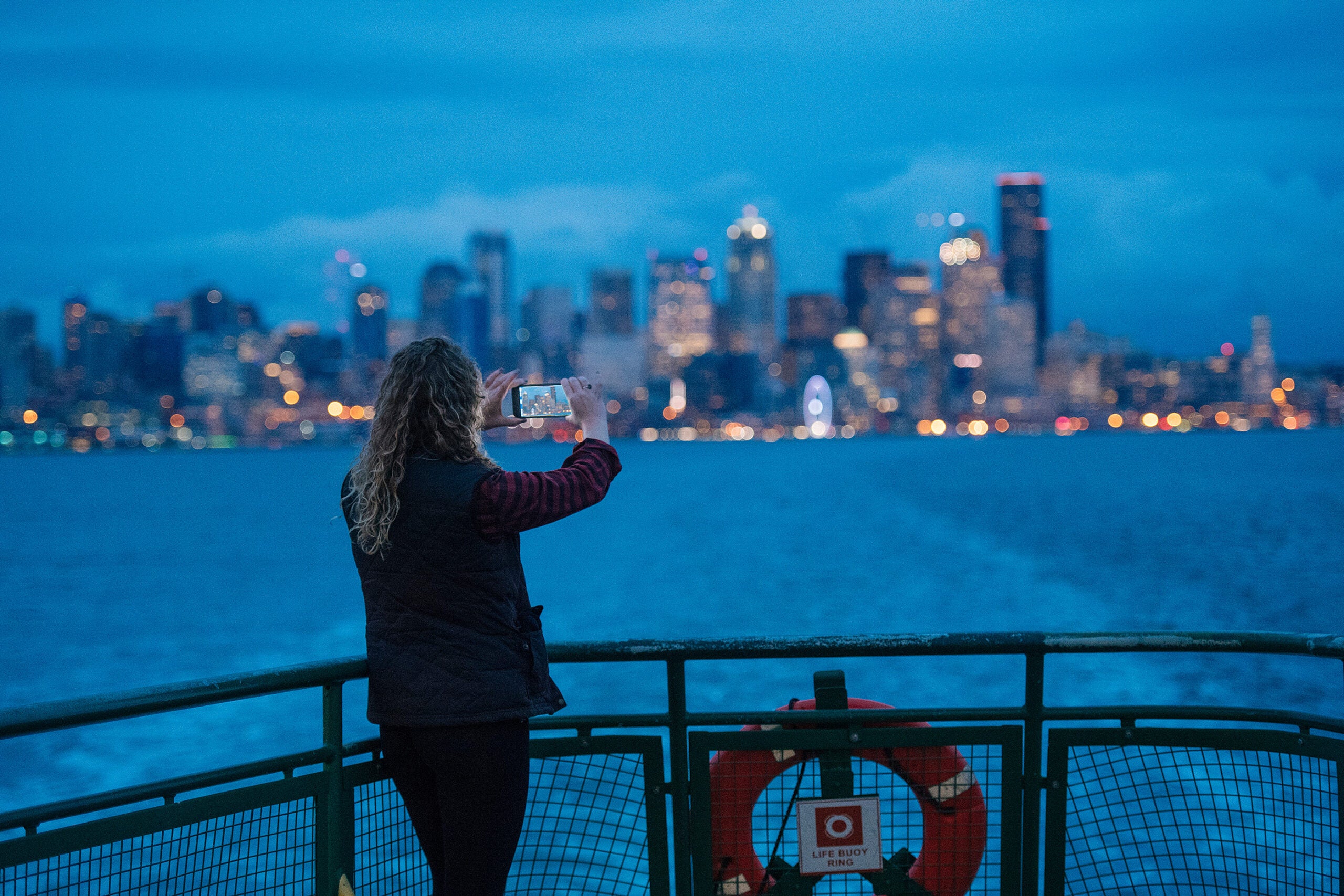UrbaneHobbit
Senior Member
- Messages
- 1,753
- Solutions
- 1
- Reaction score
- 2,545
I believe all modern smartphones are doing some form of multi-image capture and fusion, as described in this article from a few years ago:

 www.popphoto.com
www.popphoto.com
I suspect that this may be why the HHHR output from the G9 II compares better than a single exposure from that camera.
I hope to see MFT adapt more computational photography technologies to stay ahead of smartphones, so that we can take advantage of some of the higher-end lenses in the system. Whether this is possible with current market trends for chips, readout speeds vs. tiny smartphone sensors, and heat challenges involved in running these image processing pipelines, I don’t know.

You're already using computational photography, but that doesn't mean you're not a photographer
In our second 'Smarter Image' column, we'll take a look at the core features that make modern smartphone photography possible.
I suspect that this may be why the HHHR output from the G9 II compares better than a single exposure from that camera.
I hope to see MFT adapt more computational photography technologies to stay ahead of smartphones, so that we can take advantage of some of the higher-end lenses in the system. Whether this is possible with current market trends for chips, readout speeds vs. tiny smartphone sensors, and heat challenges involved in running these image processing pipelines, I don’t know.












